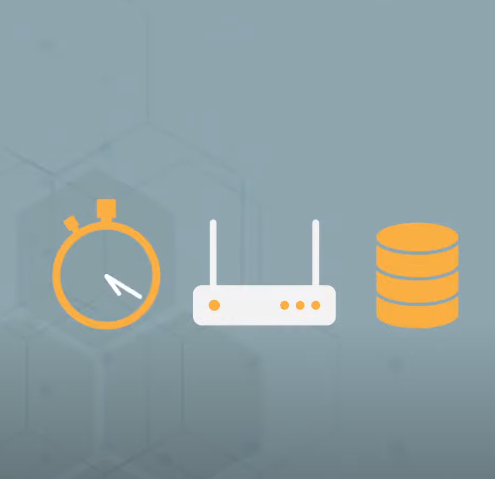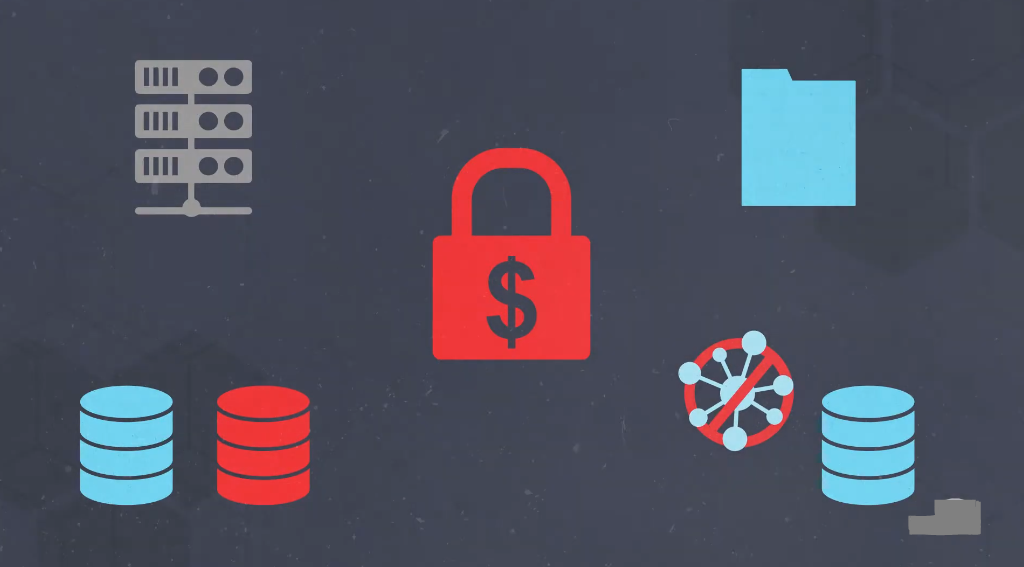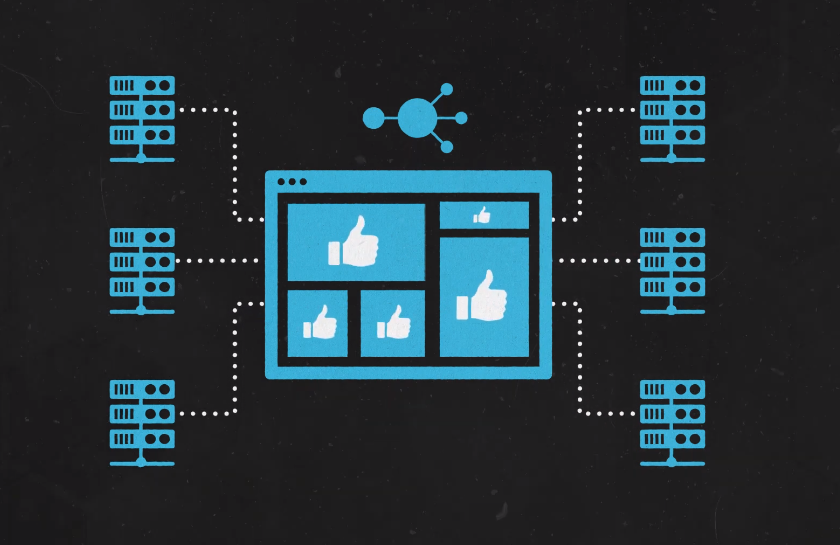Importance of Data Availability Protection
Data availability protection is essential for any organization that relies on data to operate. Without proper protection, data can become lost, corrupted, or unavailable, which can result in significant business disruptions and financial losses. There are several reasons why data availability protection is crucial. Firstly, data is a critical asset for most organizations, and it is essential to ensure that it is always available when needed. Secondly, data loss or corruption can result in significant downtime, which can impact productivity and revenue.
Understanding Data Availability
Data availability refers to the ability of an organization to access and use its data whenever it is needed. This includes ensuring that data is always accessible, even in the event of an unexpected outage or disaster. To achieve data availability, organizations must implement various measures such as backup and recovery systems, disaster recovery plans, and data replication. These measures help to ensure that data is always available, even in the event of a disruption.
Risks Associated With Data Unavailability
Data unavailability can have serious consequences for organizations. It can lead to loss of productivity, revenue, and even reputational damage. For example, if a company’s website is down due to data unavailability, customers may be unable to access the site and make purchases, resulting in lost revenue. In addition, if critical data is unavailable during a crisis, such as a natural disaster or cyber attack, it can impact the organization’s ability to respond effectively and recover quickly.
Role of Security Controls

Security controls play a crucial role in protecting an organization’s data from unavailability. These controls can include measures such as backups, redundancy, and disaster recovery plans. By implementing these controls, organizations can ensure that critical data is backed up and can be quickly restored in the event of an outage or disaster. In addition, security controls such as firewalls, intrusion detection systems, and access controls can help prevent unauthorized access to data, reducing the risk of intentional or accidental data unavailability.
Purpose And Function of Security Controls
Security controls are critical components of any organization’s overall information security strategy. The purpose of security controls is to protect the confidentiality, integrity, and availability of an organization’s data and systems. Backups, redundancy, and disaster recovery plans are important measures to ensure data availability. Backups involve creating copies of critical data and storing them in a secure location. Redundancy involves having multiple systems or components in place to ensure that if one fails, there is another to take over.
Exploring Common Security Controls
Here are some additional points to consider when exploring common security controls:
1. Access controls: Access controls limit the ability of unauthorized users to access sensitive data or systems. This can include password policies, user authentication, and role-based access controls.
2. Encryption: Encryption is the process of converting data into a code to prevent unauthorized access. This can be done at the file level, disk level, or network level.
Control 1: Redundancy and Backup Systems

Redundancy and backup systems are important security controls that help ensure business continuity in the event of a system failure or disaster. Redundancy involves having duplicate systems or components in place to provide backup in case of failure. This can include backup servers, power supplies, and network connections. Backup systems involve regularly backing up data to prevent loss in case of a system failure or disaster. This can include both on-site and off-site backups. It is important to regularly test and update these systems to ensure they
Control 2: Data Replication and Synchronization
Data replication and synchronization are important control measures to ensure data consistency and availability. Data replication involves copying data from one location to another, typically for backup or disaster recovery purposes. Synchronization involves ensuring that data is consistent across multiple systems or databases. This is important for maintaining data integrity and avoiding conflicts or errors. Both data replication and synchronization can be automated using software tools or scripts and should be regularly tested to ensure they are working properly.
Control 3: Fault-Tolerant Architectures
Fault-tolerant architectures are designed to minimize the impact of hardware or software failures on system availability and performance. This involves redundancy at various levels, such as hardware components, network connections, and application servers. One common approach is to use a cluster of servers that can automatically take over if one server fails. This ensures that the system remains operational even if there is a hardware or software failure.
Control 4: Load Balancing

Load balancing is a technique used in distributed systems to distribute workloads across multiple servers. This helps to improve system performance and availability by ensuring that no single server is overloaded. Load balancers can be hardware or software-based and work by distributing incoming traffic across multiple servers based on a set of predefined rules. These rules can include factors such as server capacity, network latency, and geographic location.
Identifying Non-Security Controls
Identifying non-security controls involves identifying and assessing controls that are not directly related to security but still impact the overall security of a system. These controls can include operational controls, such as backup and recovery procedures, change management processes, and system monitoring and logging. They can also include technical controls, such as redundancy and fault tolerance mechanisms, load balancing, and performance tuning. By identifying and assessing these non-security controls, organizations can ensure that their systems are not only secure but also reliable, available, and perform well.
Differentiating Non-Security Controls
Non-security controls refer to the measures put in place to ensure the reliability, availability, and performance of a system. These controls are different from security controls, which are put in place to protect the system from unauthorized access, use, disclosure, disruption, modification, or destruction. While security controls focus on protecting the system from external and internal threats, non-security controls focus on ensuring that the system operates as intended and that its data is accurate, complete, and available when needed.
Comparative Analysis: Security vs. Non-Security Controls
Security controls and non-security controls serve different purposes in protecting a system. Security controls are designed to prevent unauthorized access, use, disclosure, disruption, modification, or destruction of a system, while non-security controls focus on ensuring that the system operates as intended and that its data is accurate, complete, and available when needed. Security controls include measures such as firewalls, intrusion detection systems, access controls, encryption, and authentication. These controls are designed to protect the system from external and internal threats, such as hackers, viruses, and malware. They are critical in maintaining the confidentiality, integrity, and availability of the system and its data.
Non-security controls, on the other hand, include measures such as backup and recovery, data validation, error detection and correction, and performance monitoring. These controls are designed to ensure that the system operates as intended and that its data is accurate, complete, and available when needed. They are critical in maintaining the reliability and usability of the system and its data.
FAQs (Frequently Asked Questions)
What are the primary objectives of data availability protection?
The primary objective of data availability protection is to ensure that data is accessible and usable when needed. This includes protecting against events such as hardware failures, software errors, and natural disasters that could lead to data loss or downtime. By implementing data availability controls, organizations can minimize the impact of these events and ensure that critical data is always available to support business operations.
How do security controls contribute to data availability?
Security controls play a crucial role in ensuring data availability. They help prevent unauthorized access, data breaches, and other security incidents that could compromise data availability. For example, access controls limit who can access data and what actions they can perform on it, reducing the risk of accidental or intentional data deletion or modification. Encryption protects data in transit and at rest, making it more resilient to attacks and ensuring that it remains accessible even in the event of a breach.
What are some common challenges in implementing non-security controls?
There are several common challenges in implementing non-security controls. One challenge is ensuring that these controls do not negatively impact the usability or functionality of the system or application. For example, implementing strict access controls may make it difficult for authorized users to access the data they need to perform their jobs. Another challenge is ensuring that non-security controls are properly configured and maintained over time. For example, if encryption keys are not properly managed, it can lead to data loss or exposure.
Conclusion
In conclusion, both security and non-security controls are essential in maintaining the overall functionality and safety of a system. While security controls protect against unauthorized access and malicious attacks, non-security controls ensure that the system operates efficiently and that its data is accurate and available. As a writing assistant, it is important to understand the importance of these controls and to communicate their significance to others clearly and concisely.
